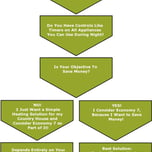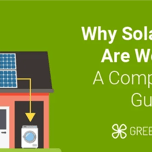Answer these simple questions and we will find you the BEST prices
Which type of solar quotes do you need?
It only takes 30 seconds
100% free with no obligation

Get up to 4 quotes by filling in only 1 quick form

Slash your energy bills by installing solar panels

For the average 2-3 bedroom house
- GreenMatch
- Blog
- Solar Lights
Solar Lights
What are Solar Lights?
Solar energy products are diversifying as the industry continues to grow worldwide. One of the sought out solar products are solar lights. With these lights, you don’t have to pay for electricity and even more, no installation of wiring is needed. Simply unbox the lights and put them in the desired location, whether it would be inside the house or outside. Due to the fact that most solar lights have a built-in darkness sensor, there is no need to turn them on or off.
The solar light technology is improving rapidly. Indeed the lights are looking more attractive, have the ability to shine brighter, and can last for longer periods of time without running out of energy. In order to get a better understanding of solar lights, here are listed their main components
Advantages of Solar Lights compared to conventional lights
How to Benefit the Most From Solar Lights
Location of solar lights is important for their efficiency. For maximum solar gain, the solar cell should be positioned at an angle so that it will be facing towards to the sun. There should be no structures obstructing the solar cell from harnessing sunlight. If the solar light has a on-off sensor its positioning should not be near another light source, as this may affect the functioning of the light.
We strive to connect our customers with the right product and supplier. Would you like to be part of GreenMatch?




